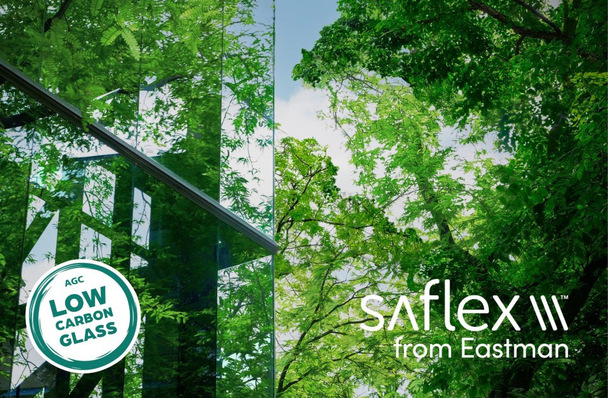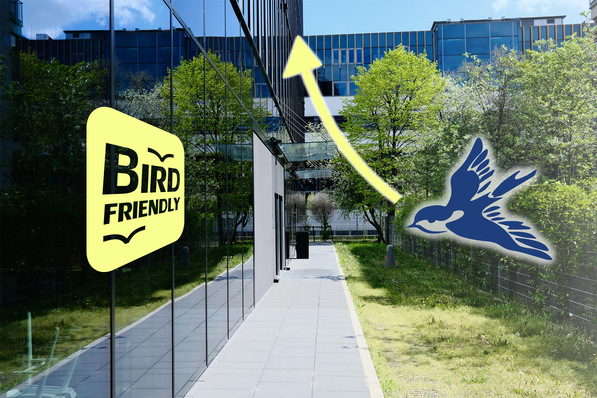GW-News: Do you see a growing demand for security glazing for windows and facades?
Sebastian Dengg: Yes, the demand for security glazing is increasing continuously. This is due to increasing security requirements, which are also expected by law, and increased security awareness. Particularly in urban areas and public buildings, there is an increasing focus on burglar and bullet-resistant glazing. The decisive factor here is that not only the glass surface itself is considered, but also the entire system consisting of glass, glass connection, frame and fastening in order to fulfil the individual security requirements.
See also: Can security and aesthetics go together?
GW-News: Are there any requirements that we have not yet needed?
Sebastian Dengg: In fact, new threat scenarios such as targeted vehicle attacks on buildings are becoming more and more significant. One example of this is the increasingly frequent so-called smash-and-grab raids on jewellery stores, in which perpetrators drive vehicles into shop windows or doors to gain quick access. In such cases, toughened glass or standard door systems alone are not enough. To withstand such attacks, there is a need for a close interlocking of safety glass with specially reinforced frame systems and fastenings. Materials such as polycarbonate can play a role here, used in combination with glass to absorb or dissipate the energy of an impact.

SusaZoom - stock.adobe.com
Also interesting: Making facades even more secure
GW-News: What type of safety glass do you see on the rise, and what role does polycarbonate play in this?
Sebastian Dengg: Laminated safety glass (LSG), which combines several layers of glass with films, remains the ‘state of the art’ when it comes to maximum formats and glass thicknesses and weights are not an issue. However, hybrid solutions in which polycarbonate layers are integrated continue to be important. When they are combined with glass, high resistance classes can be achieved with significantly lower glass thicknesses and weights in some cases. However, there are special features that need to be taken into account to ensure that this glass composite can be used successfully. It should also be borne in mind that pure glass without polycarbonate offers a cost advantage over polycarbonate laminated glass. In situations where the structure or frame system can support the greater weight and thickness of a pure glass laminate, this represents an economical alternative. Nevertheless, polycarbonate laminated glass can offer interesting advantages in practical applications, especially when weight reduction or increased impact resistance is required. When retrofitting, for example, polycarbonate laminates may be the only option for meeting high safety requirements in some cases.
The questions were asked by Matthias Rehberger














